They are personal choices so it would be great to know if you think I've missed anything really useful and which ones in my list you also use on a regular basis. With an eye on shrinking budgets I have tried to keep the costs down. The links take you to the cheapest version of the book I could find (not surprisingly the same online bookseller in every case) and as close to or below £10 per book as I could get (if you don't mind sometimes buying used copies). This means that you could get hold of all 10 of these books for under £100. You may, of course, decide to shop elsewhere and pay a bit, or a lot, more. This site does not benefit in any way from click throughs to particular booksellers! I've also mostly avoided coffee table survey books or photobooks by individual photographers. These can be quite expensive and might be purchased later on to swell the bookshelves once you've got your collection of smaller, cheaper books started.
Anyroadup, here goes (in no particular order):
1. 100 ideas that changed photographyMary Warner Marien, 2012 I dip into this book fairly regularly. It's accessible, well-designed and presents useful, bitesize accounts of some key concepts, technologies and cultural shifts that help to define the diversity of photographic practice since its invention in the 1830s. Some of the information can appear a bit jumbled but I like the energy of the writing, the sudden shifts in perspective (E.g. No.42 Small Cameras/ No.43 Tabloids/ No.44 The autochrome/ No.45 Postcards/ No.46 Projection / No.47 Artificial Light etc.) and the one idea per page format. |
2. Why It Does Not Have To Be In Focus: Modern Photography ExplainedJackie Higgins, 2013 This is a great guide to the various practices and concerns of contemporary photographers. Taking a series of specific examples mostly from the last 20 years, the author explores the seemingly confusing decisions and strategies various artists have used to re-think photography's traditions or 'rules' in an attempt to say something new. This often involves asking questions about what we think a photograph can and should do. An entertaining primer for students of all ages. |
3. The Photographer's PlaybookEdited by Jason Fulford and Gregory Halpern, 2014 This is a gold mine of 307 assignments and ideas for photography projects gathered from some of the most interesting photographers, artists, writers and teachers currently working in the medium. I've used several of these ideas as starting points for mini projects, either for the whole class or as recommendations for individual students who might be a bit stuck. It's a great book to have alongside you in every lesson and a constant source of inspiration and guidance. If I could only have one book about photography on my bookshelf, this would be it. |
4. Self Publish, Be Happy: A DIY Photobook Manual and ManifestoBruno Ceschel (Author), David Senior (Author), 2015 This book is packed with images, representing the vibrant community of self-publishing photographers. It ends with a manifesto, one I share with my students when I encourage them to become self-publishing photographers. This book is the antithesis of a tasteful, coffee table tome. It is noisy, joyful and anarchic. A great addition to any bookshelf. |
5. The Nature of Photographs: A PrimerStephen Shore, 2010 In a few carefully chosen words and images one of the great photographers guides us through some of the problems and possibilities of photography with grace, intelligence and a gentle wit. There are so many beautifully phrased observations and revelatory sentences that it's worth spending slightly more than £10 to get yourself a copy. A wonderful book in every way. |
6. Photographs Not Taken: A Collection of Photographers' EssaysWill Steacy (Editor), 2012 This is perhaps an unusual choice since it's a book of stories, not photographs, about the ones that got away, those pictures that, for a variety of reasons, were not taken. There are some delightful anecdotes in here which often raise some really interesting issues for the beginner photographer as well as the more experienced. When is it not OK to take a photograph? Can photographs hurt people? One for the ethically minded. |
7. Photography (The Key Concepts)David Bate, 2016 I haven't included many books about photography theory but I'm happy to make an exception for this one because it's so well written. The new edition, which I still haven't managed to buy yet, promises to update some of the debates about the history, theories and meanings of photographs. Bate is a photography teacher and practitioner who helps us get to grips with photography's big ideas or what we like to call its Threshold Concepts. Without this book, we would have struggled to articulate our concepts quite so clearly. One for the teacher and interested A-level student. |
8. Alternative Photographic Processes: Crafting Handmade ImagesBrady Wilks, 2015 This is a really informative survey of contemporary photographers who are investigating a wide range of alternatives to the conventional photographic print. Many of them are testing the boundaries of what a photograph can be, sometimes looking backwards in order to find new approaches and also probing photography's materiality. |
9. 30-Second Photography: The 50 Most Thought-provoking Photographers, Styles and Techniques, each explained in Half a MinuteBrian Dilg and Adiva Koenigsberg, 2015 This book, part of a series promising introductions to all sorts of subjects in 30 seconds, is better than its name suggests. Cogent, carefully considered but utterly accessible, this is a great book to prompt initial investigations, setting students off on adventures of their own lasting much longer than 30 seconds (hopefully). |
10. Photographers A-ZHans-Michael Koetzle, 2015 It's amazing that you can pick up a copy of this beautifully designed book for a few coppers. The idea is simple and elegant - significant photographers arranged alphabetically and represented by a key photobook. It's a great way to browse through some amazing photography publications, especially if students are planning to make their own photobooks and need to know a bit about what's gone before. It's also a lot cheaper than the three volume Parr and Badger survey (although that's also great). |
Jon Nicholls, Thomas Tallis School
PS. You can currently get all 10 of these books for £89.32.

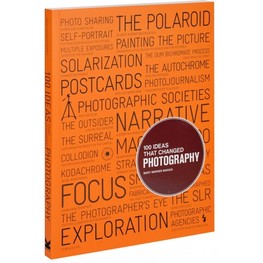
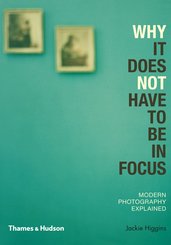
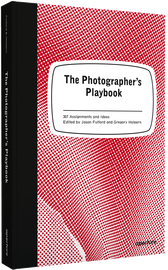
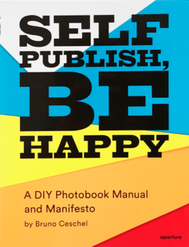
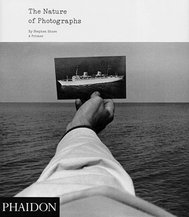
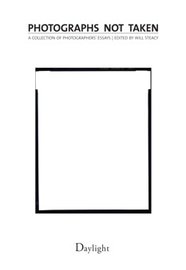
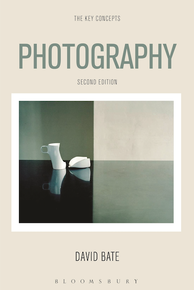
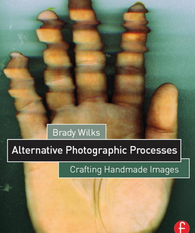
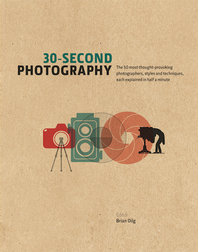
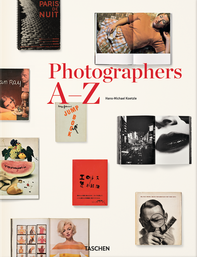
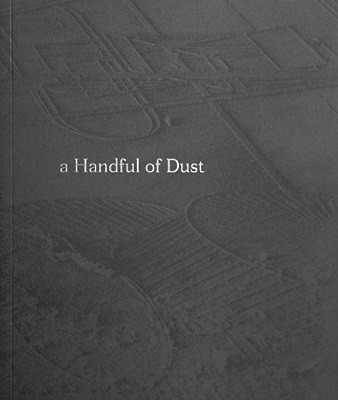
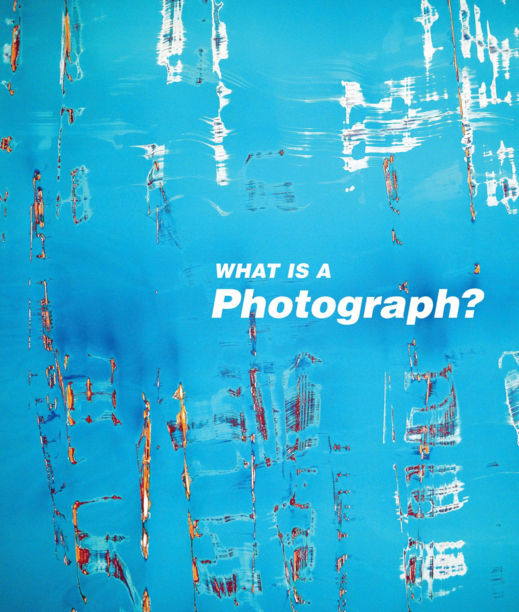
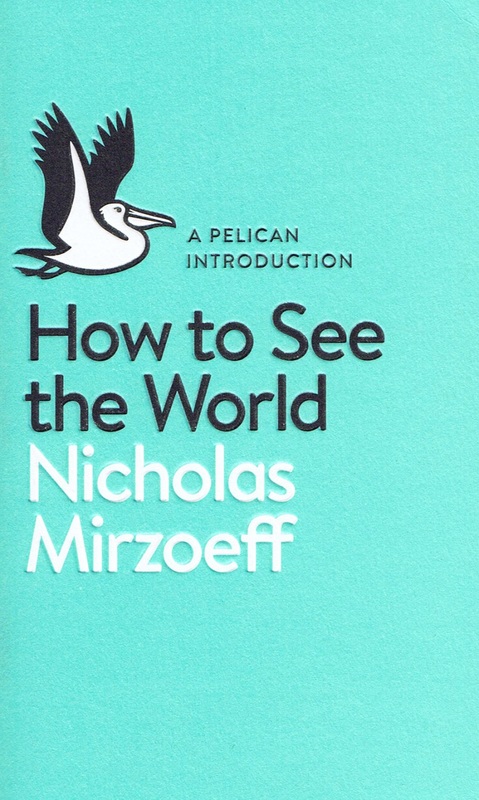
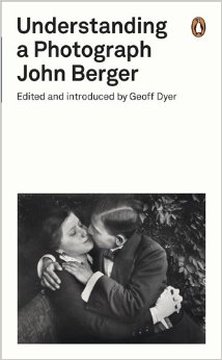
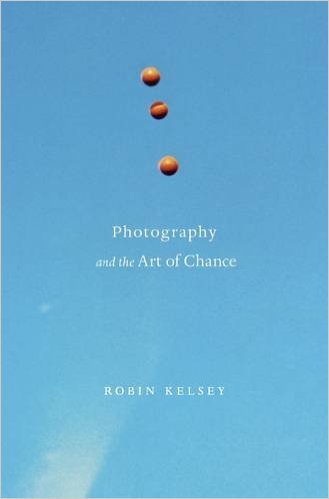
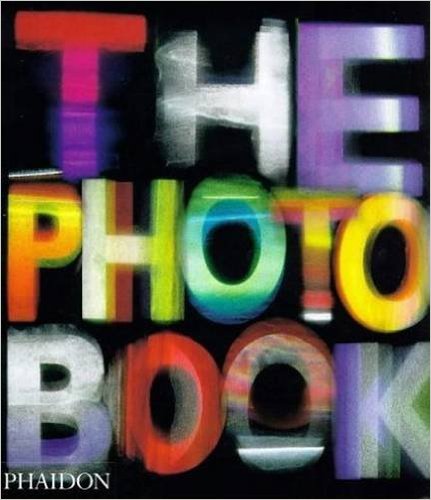
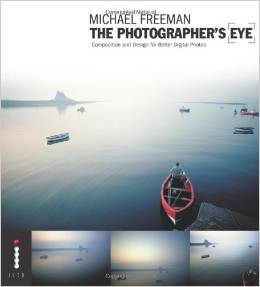
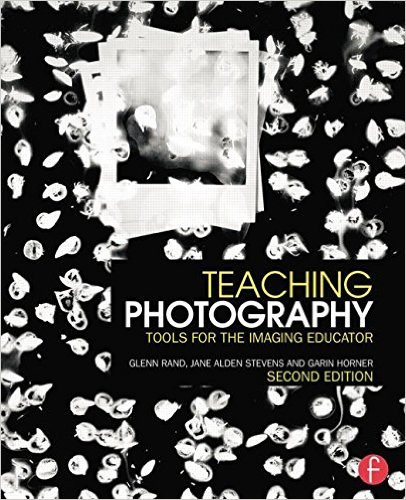
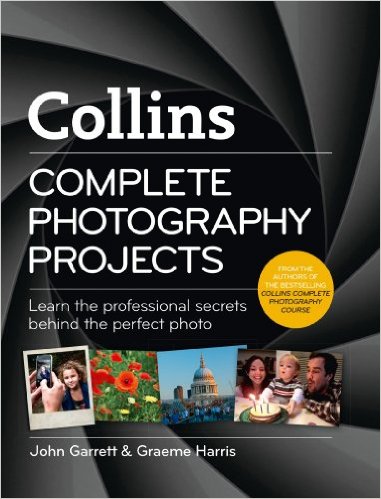
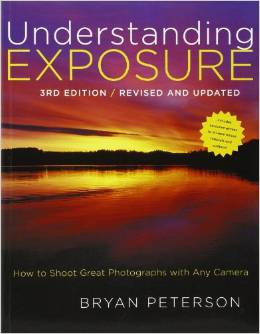
 RSS Feed
RSS Feed